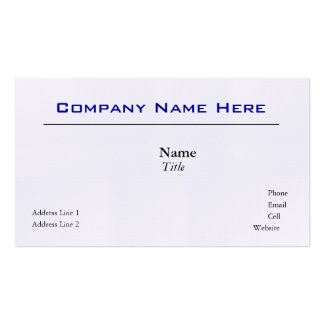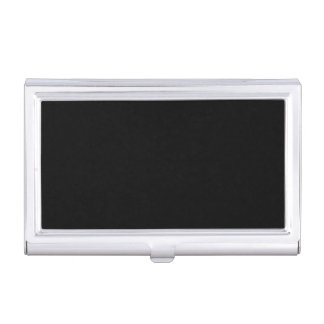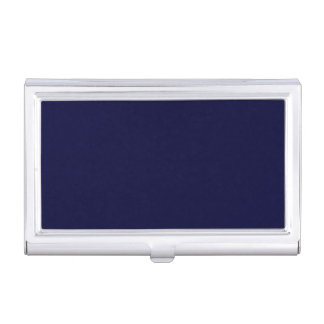Petty cash is convenient for small, unplanned expenses.
Tracking petty cash is an important aspect of small-business financial management. Failure to do so may leave you with an incorrect or incomplete picture of your company's financial situation. It can also lead to faulty accounting, frivolous or wasteful spending, or loss or theft by unscrupulous employees. Prevent these issues by keeping tighter controls over how your small business uses petty cash, as well as who has access to it.
Step 1: Write a petty cash policy for your small business. Your policy should clearly outline what is and isn't an acceptable use of the cash fund; such uses ideally are limited to business expenses. Stamps for occasional mailings or cleaning supplies for the restroom are typical small-business expenses covered by petty cash. The money should not be used for employee personal expenses. Your policy might include a limit on petty cash withdrawal amounts, the requirement for receipts for items purchased out of petty cash, and a list of employees who are authorized to approve and disburse withdrawals. Ensure all employees are familiar with the petty cash policy.
Step 2: Establish a set amount of money to be maintained for petty cash use, based on the types and amounts of small cash expenses you typically make.
Step 3: Buy a locking cash box for your petty cash and store it in a safe location at your small business. Limit the number of employees having access to the box. This makes it easier to ensure all transactions are recorded and reduces the opportunity for employee theft.
Step 4: Set up a sign-out sheet or numbered voucher system and store these with the cash box. Document all disbursements from petty cash on the sign-out sheet, which should list the employee's name, the date, the amount of cash withdrawn and the purpose of the withdrawal. As an alternative, fill out a voucher with the same information and give it to the petty cash recipient. When the purchase is completed, the employee returns the voucher, attached to the dated receipt outlining the purchase.
Step 5: Establish a schedule for reconciling the petty cash fund. In businesses with frequent petty cash transactions, weekly reviews may be the most effective. If your small business does not make a lot of petty cash purchases, it may be sufficient for you to review the fund once a month. The amount of cash in the box, added to the total of the receipts, should always equal your standard starting amount. As an example, assume your base amount is $300 and $134 was disbursed for miscellaneous expenses. There should be $166 in cash remaining in the cash box, along with $134 worth of receipts. If there are consistent discrepancies, you might opt to further limit who has access to petty cash. Identify one or two key people who can access petty cash and who are responsible for documenting every disbursement or purchase.







No comments:
Post a Comment